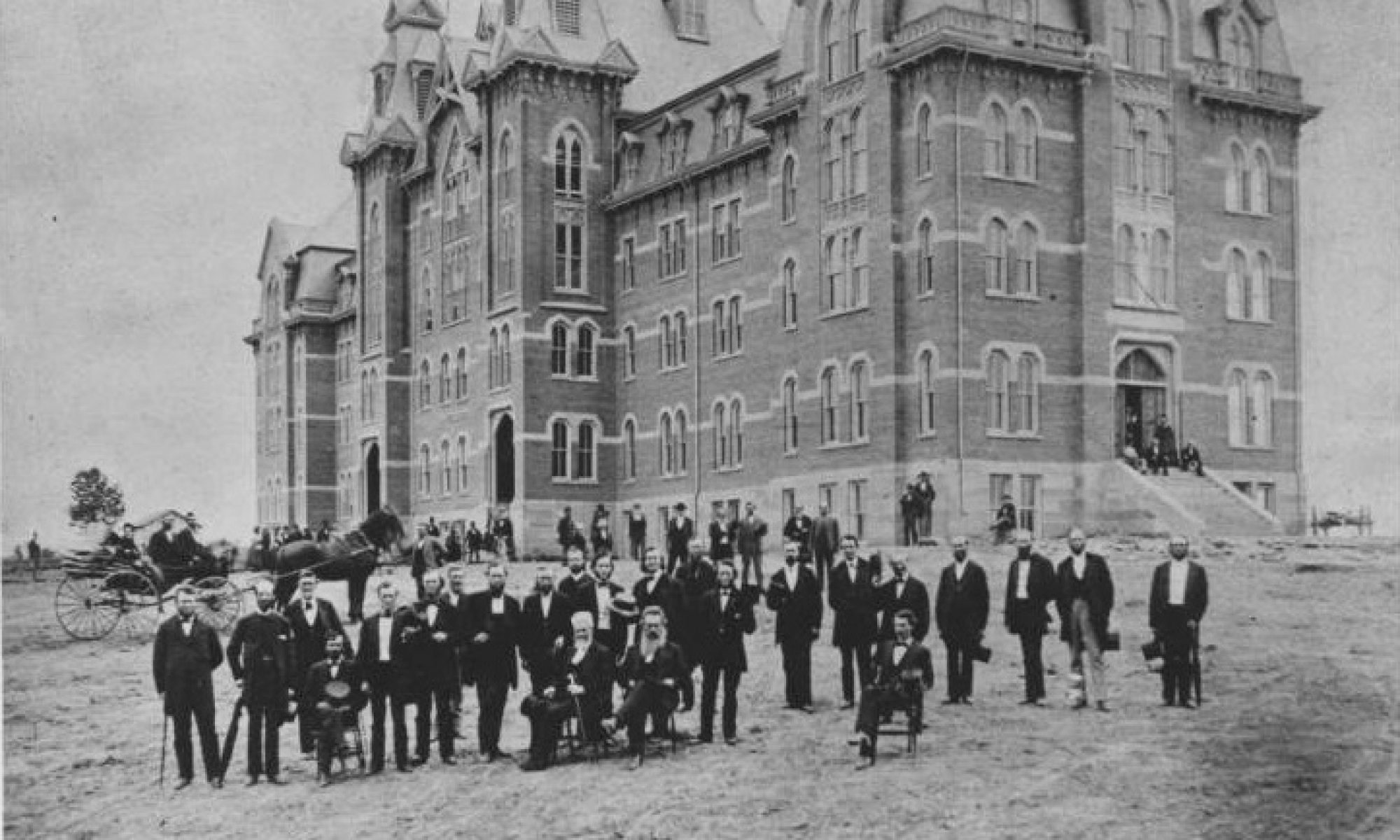Introduction | Buchtel Hall Takeover | Anti-Apartheid Protests | Protests for Equality | Conclusion
Conclusion
Since the events explored in this exhibit have transpired, the campus and community have continued to call for social justice and racial equality on the local level, and the University has continued to respond to these concerns. The Afro American Studies program (now the Pan African Studies Program), created in the wake of the Buchtel Hall Takeover, is still an important part of the University curriculum. Similarly, the Black Cultural Center, also a direct result of the takeover, has been expanded and exists today as the Pan African Center for Community Studies. It includes the Pan African Studies Program and the Dr. Shirla R. McClain Gallery of Akron’s Black History and Culture, which was founded in 1994. Similarly, the University created the Multicultural Center, Office of Multicultural Development, and Office of Inclusion & Equity to assist students from all racial and ethnic backgrounds, including international students.
In 1997, due to the Akron Beacon Journal’s Pulitzer Prize-winning series on race titled “A Question of Color” and the city’s Coming Together Project, President Bill Clinton chose Akron as the location for his first town hall meeting on race titled “One America in the 21st Century: The President’s Initiative on Race,” held at The University of Akron’s E.J. Thomas Hall. The symposium explored race relations on the campus and in the city and resulted in the creation of “Rethinking Race: Black, White and Beyond,” the University’s annual forum on race and race issues. In 2007, the University created the Black Male Summit, which continues today to build better pathways to recruit, retain, and graduate Black males in higher education, celebrate achievement and excellence, and address the many challenges that face young Black men. In addition, programming for both Martin Luther King, Jr. Day and Black History Month have continued and in recent years have been enhanced and expanded.
In the wake of the protests this past summer due to the death of George Floyd, the resurgence of the Black Lives Matter Movement, and the renewed calls for social justice and racial equality, the University has taken steps to increase dialogue and address inequities. In June, the University hosted a series of community forums to discuss current topics, address concerns, and provide support. Additionally, the Board of Trustees created an Inclusive Excellence Action Team at the request of student Trustees to focus on issues of race, equity, and inclusion. In August, the administration created the Diversity and Inclusion Task Force which resulted in the creation of a University-wide Diversity Committee. In the fall, the University launched the Diversity Dialogue Series to explore the important role of diversity and inclusion professionals, the powerful protests precipitated by the deaths of Breonna Taylor and George Floyd, and possible solutions moving forward. While much has been done, additional work still remains, for as President Gary L. Miller stated in the wake of the protests, “our very survival as a democratic society depends on our willingness to work toward, and achieve, equality for all.”

